Your Average cruise ship fuel capacity images are available in this site. Average cruise ship fuel capacity are a topic that is being searched for and liked by netizens today. You can Find and Download the Average cruise ship fuel capacity files here. Get all royalty-free images.
If you’re looking for average cruise ship fuel capacity pictures information related to the average cruise ship fuel capacity topic, you have come to the right blog. Our site always gives you suggestions for seeking the highest quality video and image content, please kindly search and locate more enlightening video content and graphics that match your interests.
Average Cruise Ship Fuel Capacity. A large cruise ship ranging in length from 900 to 1100 feet might hold 1 to 2 million gallons of fuel. Before then few were more than 50000 GT. At an average cost of 500 per ton of fuel the daily fuel cost is 15000. The amount of fuel carried on a container ship varies based on the engine capacity and size of the ship which themselves are a function of the particular trading route the ship operates in and the optimal speed of the ships engine.
 How Many Gallons Of Fuel Does A Cruise Ship Use From windstarcruises.com
How Many Gallons Of Fuel Does A Cruise Ship Use From windstarcruises.com
A cruise ship can be refueled at about 3500 gallons per hour. Expect to consume about 30 tons of fuel per day while cruising. Specifically the operating costs for an average cruise ship with 1000 passengers and 700 crew are as follows. In the decades since the size of the largest vessels has more than doubled. The average cruise ship passenger capacity is around 3000 guests for ocean liners and around 150 guests for bigger river cruise ships. Before then few were more than 50000 GT.
At an average cost of 500 per ton of fuel the daily fuel cost is 15000.
For smaller vessels it is about 6000 barrels. At an average cost of 500 per ton of fuel the daily fuel cost is 15000. The amount of fuel carried on a container ship varies based on the engine capacity and size of the ship which themselves are a function of the particular trading route the ship operates in and the optimal speed of the ships engine. Here is a breakdown of the estimated 2021 average cruise revenue and expense per passenger per day for all cruise lines world wide. Fuel consumption by a containership is mostly a function of ship size and cruising speed which follows an exponential function above 14 knots. It includes the power generation system for the generators available onboard.
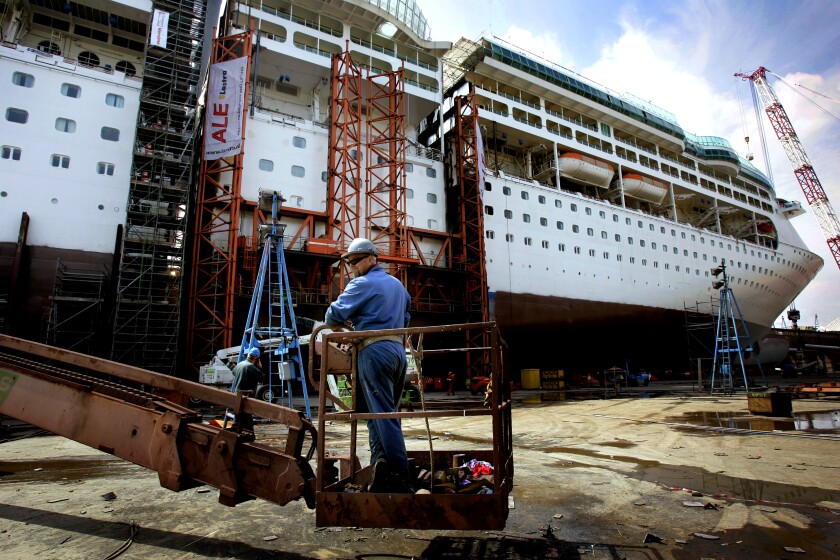 Source: latimes.com
Source: latimes.com
That makes it just a bit bigger than his sailboat which holds only 20 gallons of fuel. Moreover the figure also goes below 100 MT if the vessel has a near-port drifting schedule. Assuming an efficiency of about 30 means the boat is burning roughly 184 gallons of fuel per second or 6640 gallons per hour. The Voyager class boats use diesel engines which combined have a total output of 75600 kW. The average cruise ship carries 3000 passengers is 1000 feet long with an internal volume of 120000 gross tonnes.
 Source: gangwaze.com
Source: gangwaze.com
A cruise ship can be refueled at about 3500 gallons per hour. Moreover the figure also goes below 100 MT if the vessel has a near-port drifting schedule. Understanding the potential volumes of oil either as fuel or cargo carried on ships is a major consideration in spill response planning. With all the above considerations cruise ships over 300 meters in size consume 200 MT of fuel. Fuel consumption by a containership is mostly a function of ship size and cruising speed which follows an exponential function above 14 knots.
 Source: acruisingcouple.com
Source: acruisingcouple.com
Cruise ships vary in size from the largest ships which carry over 6000 passengers to the smallest cruise ships which carry around 100 passengers. The average cruise ship carries 3000 passengers is 1000 feet long with an internal volume of 120000 gross tonnes. For most vessels the average consumption is 30-50 miles on a fuel gallon. The Voyager class boats use diesel engines which combined have a total output of 75600 kW. A single barrel is equal to 42 gallons.
 Source: cruise1st.co.uk
Source: cruise1st.co.uk
This will be also determined by other factors using fuel. How Much Fuel Does a Cruise Ship Hold. Expect to consume about 30 tons of fuel per day while cruising. Cruise ship fuel consumption depends on the ships size. A single barrel is equal to 42 gallons.
 Source: cruise1st.co.uk
Source: cruise1st.co.uk
Cruise ships vary in size from the largest ships which carry over 6000 passengers to the smallest cruise ships which carry around 100 passengers. Those vessels typically hold between 15 million and 2 million gallons of fuel. How Much Fuel Does a Cruise Ship Hold. The average per passenger per day cruise expense is projected to be 21425 with 15212 per person per day ticket price and 6213 per person per day on board spending average cruise duration 80 days median. A cruise ship can be refueled at about 3500 gallons per hour.
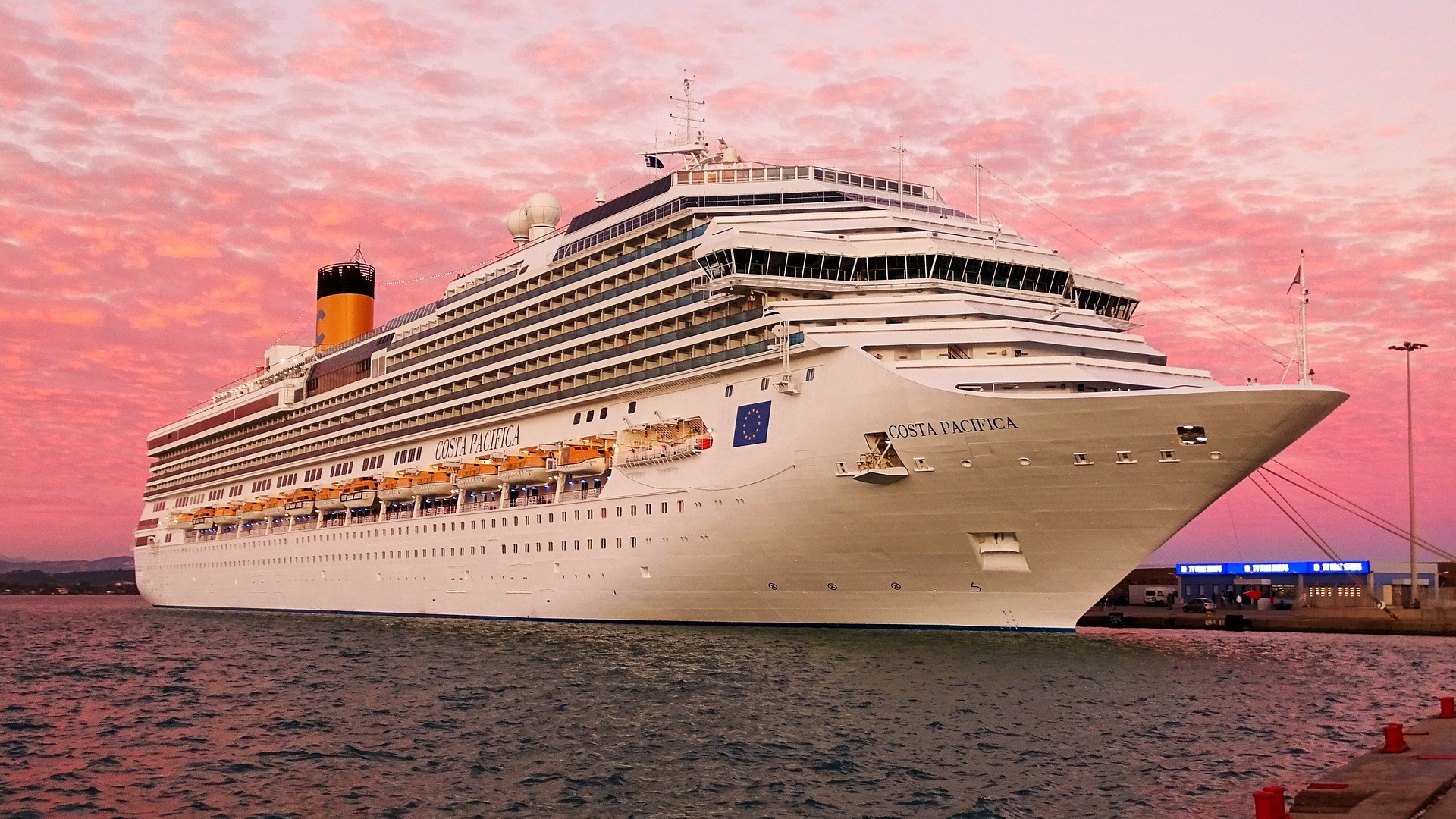 Source: acruisingcouple.com
Source: acruisingcouple.com
The average fuel capacity of cruise ships depends entirely on their size. This will be also determined by other factors using fuel. Cruise ship fuel consumption depends on the ships size. In the decades since the size of the largest vessels has more than doubled. That makes it just a bit bigger than his sailboat which holds only 20 gallons of fuel.
 Source: ship-technology.com
Source: ship-technology.com
Specifically the operating costs for an average cruise ship with 1000 passengers and 700 crew are as follows. Cruise ship fuel consumption depends on the ships size. Large Size Cruise Vessels. Understanding the potential volumes of oil either as fuel or cargo carried on ships is a major consideration in spill response planning. For smaller vessels it is about 6000 barrels.
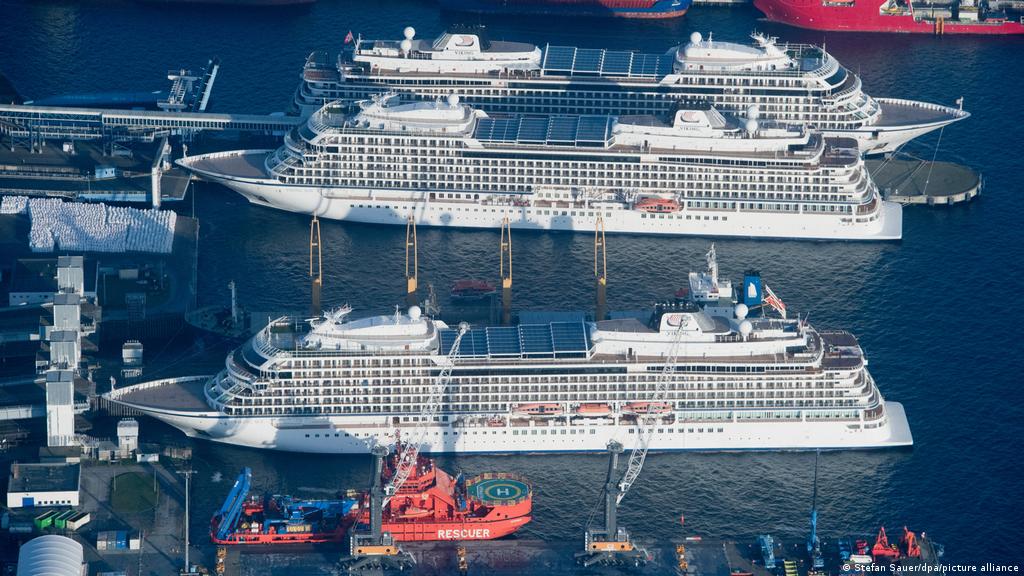 Source: dw.com
Source: dw.com
A large cruise ship ranging in length from 900 to 1100 feet might hold 1 to 2 million gallons of fuel. Meanwhile like their larger sisters the medium-size cruises also have manoeuvring requirements. With all the above considerations cruise ships over 300 meters in size consume 200 MT of fuel. Those vessels typically hold between 15 million and 2 million gallons of fuel. The Voyager class boats use diesel engines which combined have a total output of 75600 kW.
 Source: acruisingcouple.com
Source: acruisingcouple.com
For most vessels the average consumption is 30-50 miles on a fuel gallon. Smaller vessels like a 440-foot-long ferry might carry around 130000 gallons of fuel while a gigantic ship measuring over 1300 feet in length can tote over 4 million gallons. Before then few were more than 50000 GT. Large Size Cruise Vessels. The average cruise ship carries 3000 passengers is 1000 feet long with an internal volume of 120000 gross tonnes.
 Source: cruises.lovetoknow.com
Source: cruises.lovetoknow.com
Smaller vessels like a 440-foot-long ferry might carry around 130000 gallons of fuel while a gigantic ship measuring over 1300 feet in length can tote over 4 million gallons. Here is a breakdown of the estimated 2021 average cruise revenue and expense per passenger per day for all cruise lines world wide. The figures at 85 and above load go as high as 235 to 250 MT of fuel per day. A large cruise ship ranging in length from 900 to 1100 feet might hold 1 to 2 million gallons of fuel. A single barrel is equal to 42 gallons.
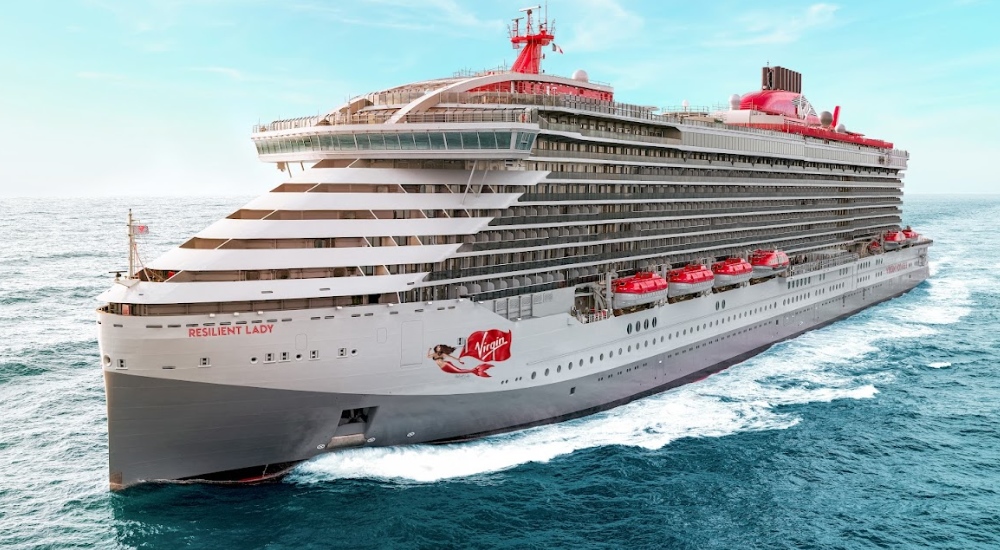 Source: cruisemapper.com
Source: cruisemapper.com
The consumptions drop to an average of 120 to 135 MT per day for loads between 60 to 85. Large Size Cruise Vessels. The largest cruise ship passenger capacity is 5412 at double occupancy and 6318 max capacity if all berths are occupied. On average a large cruise ship can use up to 250 tons of fuel per day which is around 80000 gallons. At an average cost of 500 per ton of fuel the daily fuel cost is 15000.
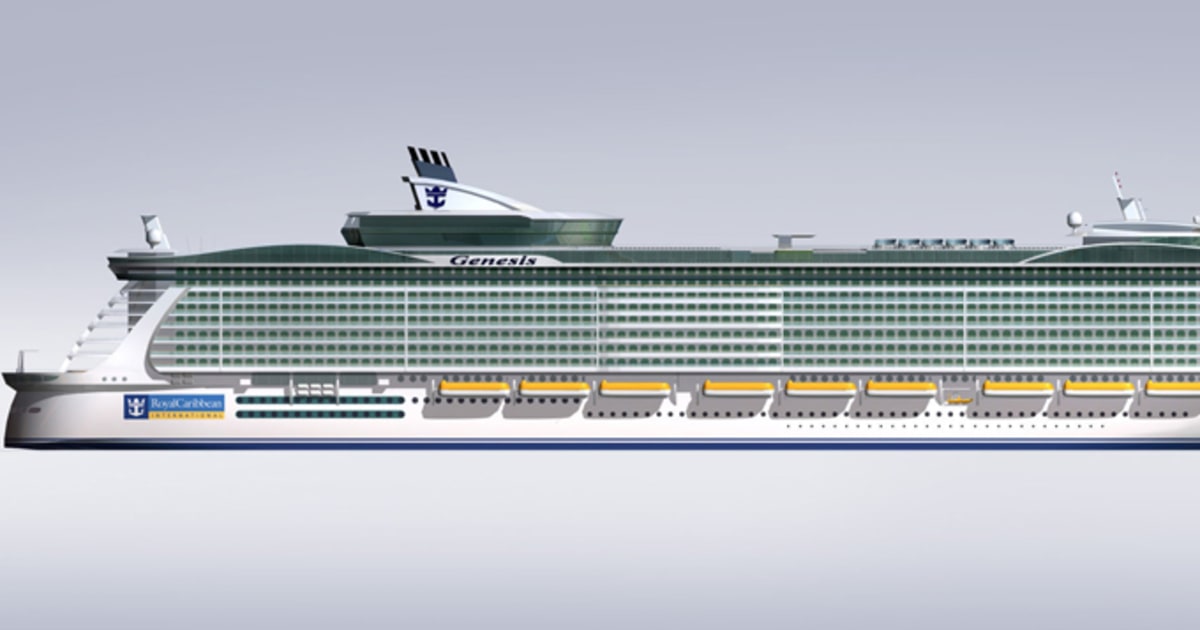 Source: nbcnews.com
Source: nbcnews.com
Here is a breakdown of the estimated 2021 average cruise revenue and expense per passenger per day for all cruise lines world wide. Meanwhile like their larger sisters the medium-size cruises also have manoeuvring requirements. Assuming an efficiency of about 30 means the boat is burning roughly 184 gallons of fuel per second or 6640 gallons per hour. Under such conditions the fuel usage is lesser as well. There have been nine or more new cruise ships added every.
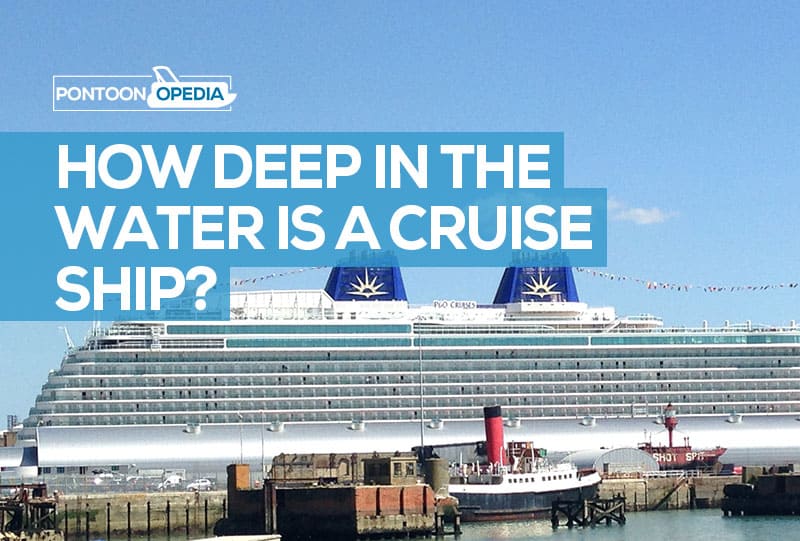 Source: pontoonopedia.com
Source: pontoonopedia.com
Here is a breakdown of the estimated 2021 average cruise revenue and expense per passenger per day for all cruise lines world wide. Cruise ships vary in size from the largest ships which carry over 6000 passengers to the smallest cruise ships which carry around 100 passengers. Before then few were more than 50000 GT. Ships gas mileage varies depending on the type and size of ship the number of passengers on board and other factors. Fuel consumption by a containership is mostly a function of ship size and cruising speed which follows an exponential function above 14 knots.
 Source: dw.com
Source: dw.com
A cruise ship can be refueled at about 3500 gallons per hour. For most vessels the average consumption is 30-50 miles on a fuel gallon. At 21 knots this consumption drops to about 150 tons per day a 33 decline. Smaller vessels like a 440-foot-long ferry might carry around 130000 gallons of fuel while a gigantic ship measuring over 1300 feet in length can tote over 4 million gallons. Fuel consumption by a containership is mostly a function of ship size and cruising speed which follows an exponential function above 14 knots.
 Source: windstarcruises.com
Source: windstarcruises.com
Before then few were more than 50000 GT. For instance while a containership of around 8000 TEU would consume about 225 tons of bunker fuel per day at 24 knots. Meanwhile like their larger sisters the medium-size cruises also have manoeuvring requirements. Fuel consumption by a containership is mostly a function of ship size and cruising speed which follows an exponential function above 14 knots. Large Size Cruise Vessels.

In the decades since the size of the largest vessels has more than doubled. Cruise1stcouk claims a normal cruise ship can use around 140 to 150 tons of fuel each day consuming 30 to 50 gallons per mile travelled. This will be also determined by other factors using fuel. The amount of fuel carried on a container ship varies based on the engine capacity and size of the ship which themselves are a function of the particular trading route the ship operates in and the optimal speed of the ships engine. The figures at 85 and above load go as high as 235 to 250 MT of fuel per day.
 Source: windstarcruises.com
Source: windstarcruises.com
For the large ones it can be over 50000 barrels of oil. This will be also determined by other factors using fuel. Smaller vessels like a 440-foot-long ferry might carry around 130000 gallons of fuel while a gigantic ship measuring over 1300 feet in length can tote over 4 million gallons. The Harmony owned by Royal Caribbean has two four-storey high 16-cylinder Wärtsilä engines which would at full power each burn 1377 US gallons of fuel. Assuming an efficiency of about 30 means the boat is burning roughly 184 gallons of fuel per second or 6640 gallons per hour.
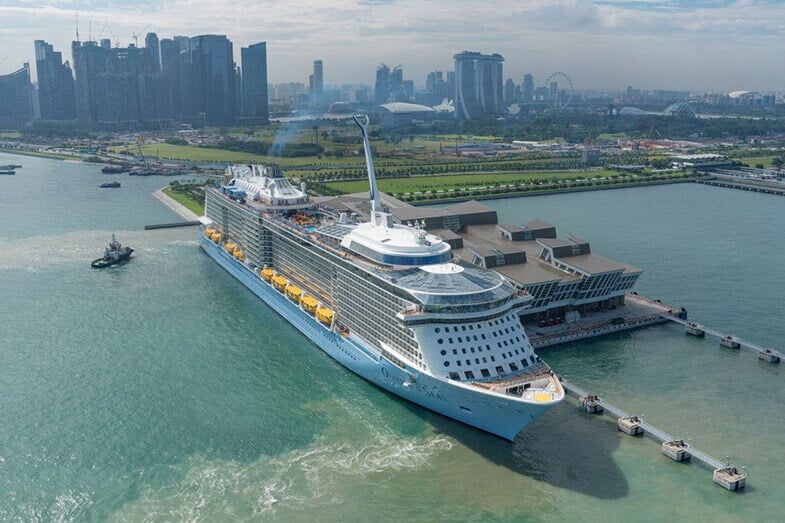 Source: boatinggeeks.com
Source: boatinggeeks.com
It includes the power generation system for the generators available onboard. About 45 million gallons. A medium size cruise ship holding 1 million gallons of fuel would take about 285 straight hours of fueling to be maxed out. A single barrel is equal to 42 gallons. On average a large cruise ship can use up to 250 tons of fuel per day which is around 80000 gallons.
This site is an open community for users to do submittion their favorite wallpapers on the internet, all images or pictures in this website are for personal wallpaper use only, it is stricly prohibited to use this wallpaper for commercial purposes, if you are the author and find this image is shared without your permission, please kindly raise a DMCA report to Us.
If you find this site adventageous, please support us by sharing this posts to your preference social media accounts like Facebook, Instagram and so on or you can also bookmark this blog page with the title average cruise ship fuel capacity by using Ctrl + D for devices a laptop with a Windows operating system or Command + D for laptops with an Apple operating system. If you use a smartphone, you can also use the drawer menu of the browser you are using. Whether it’s a Windows, Mac, iOS or Android operating system, you will still be able to bookmark this website.






